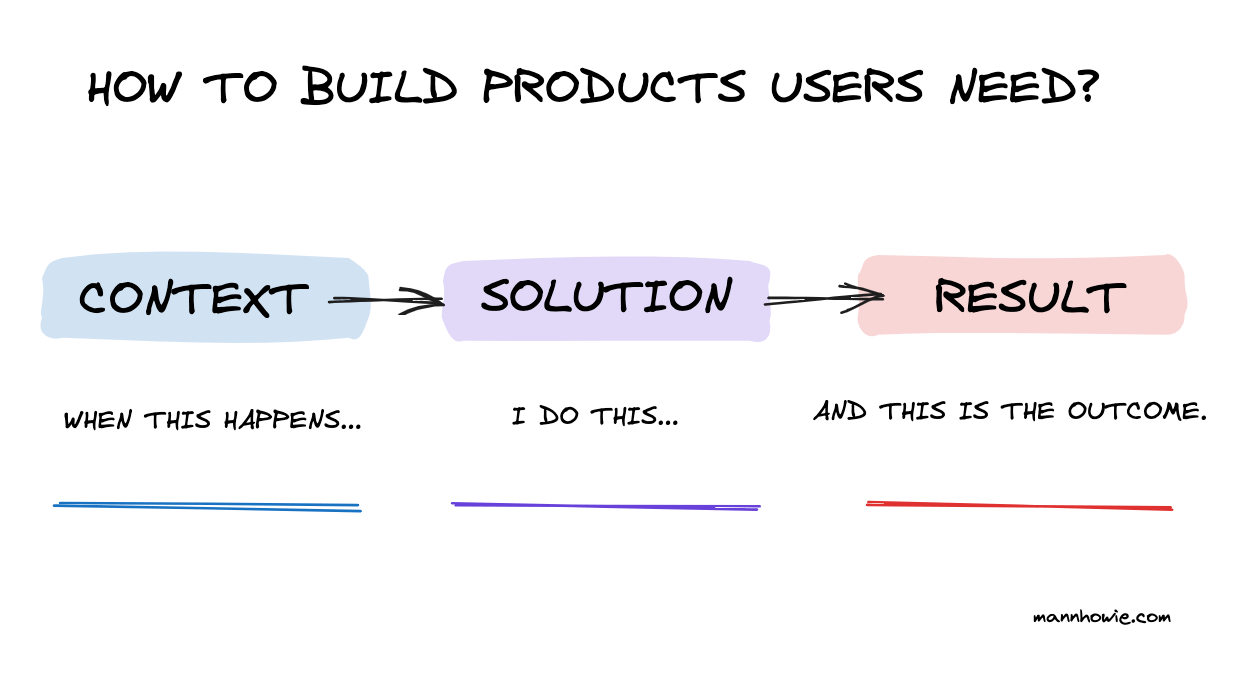How to build products users need
2 minute read | Dec 2, 2023
product
New products often miss the mark, ignoring users' current habits and needs. The CSR (Context, Solution, Result) framework is a tool that can guide teams to build products that people really need and will use.

Imagine you’re developing “AnnotEase”, an image annotation tool. There’s a growing demand for an image blurring feature among users.
To design this feature thoughtfully, we can can apply the CSR framework for user research:
1. Context
Identify the real-world context when the user faces this need. Ask the user “When did you last find yourself with this need and what were you trying to achieve?”
Example:
When I need to show sales prospects how other customers are benefiting from our product. I want to use real world relatable examples so I can reduce their purchase anxiety.
2. Solution
Explore how the user currently addresses this need. Ask the user “What are you currently doing?”.
Example:
I take a screenshot, upload it to AnnotEase, and use black rectangles to hide client information and logos. Then, I send the edited image to the prospect.
3. Result
Discuss the current solution’s outcome and its shortcomings. Ask the user “What don’t you love about what you're currently doing?”.
Example:
Using black shapes can look unappealing but more importantly often hides context, leading to confusion. I usually need a follow-up call to clarify context, which slows down the sales process.
Context Solution Result for "I want a blur tool":

Overlaying the new solution
Our team proposed a blur tool as a more visually appealing alternative to rectangles. However, applying this to our CSR scenario we can compare the two results and reveal that the blur tool doesn’t solve the issue of losing context and the need for follow-up discussions.
Another possible solution could be a Chrome extension that allows selective blurring of elements. Users could then use their existing screen recording tools to record and send explainer videos while protecting sensitive information.

Using the CSR framework, we can effectively compare the results of different solutions using the same context.
Reference
- Ryan Singer article (2018). Products Are Functions.
Want more tips?
Get future posts with actionable tips in under 5 minutes and a bonus cheat sheet on '10 Biases Everyone Should Know'.
Your email stays private. No ads ever. Unsubscribe anytime.